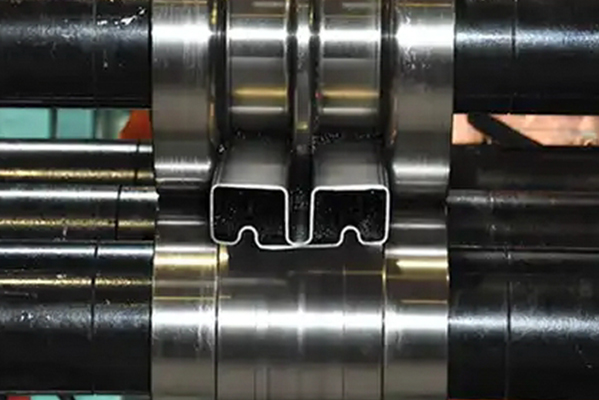Navigation Menu
Contact Us
- Email:
- info@wxavatar.com
- Address:
- Yurong Village, Yuqi Street, Huishan District, Wuxi, China.
Release Date:Apr 22, 2025 Visit:113 Source:Roll Forming Machine Factory
Roll forming is a highly efficient metal fabrication process that produces continuous profiles with consistent cross-sections. The choice of material plays a significant role in determining the quality, durability, and performance of the final product. Below are some of the most commonly used and desirable materials in roll forming applications.

1. Carbon Steel
Carbon steel is widely favored in roll forming due to its strength, formability, and cost-effectiveness. Low-carbon steel, in particular, is easy to shape and provides sufficient rigidity for structural components. High-strength carbon steel variants are also used where increased load-bearing capacity is required.
2. Stainless Steel
Stainless steel offers excellent corrosion resistance and durability, making it suitable for applications where exposure to moisture or chemicals is a concern. Common grades, such as 304 and 316, are frequently used in architectural, automotive, and industrial components.
3. Aluminum
Aluminum is valued for its lightweight properties and resistance to oxidation. It is often selected for applications requiring reduced weight without sacrificing structural integrity, such as in aerospace, transportation, and building facades.
4. Galvanized Steel
Galvanized steel, which is coated with a layer of zinc, provides enhanced protection against rust and wear. This material is commonly used in outdoor applications, including roofing, siding, and HVAC components.
5. Pre-Painted or Coated Steel
Steel with pre-applied paint or polymer coatings is frequently used in roll forming to improve aesthetics and surface durability. These materials are often found in architectural panels, appliances, and automotive trim.
6. High-Strength Low-Alloy (HSLA) Steel
HSLA steel combines increased strength with good formability, making it suitable for applications requiring higher performance without excessive weight. It is often used in automotive frames and structural supports.

Conclusion
The selection of material in roll forming depends on factors such as mechanical requirements, environmental conditions, and cost considerations. Carbon steel, stainless steel, aluminum, and coated metals are among the most commonly chosen options, each offering distinct advantages for different applications. By carefully evaluating material properties, manufacturers can ensure optimal performance and longevity in roll-formed products.